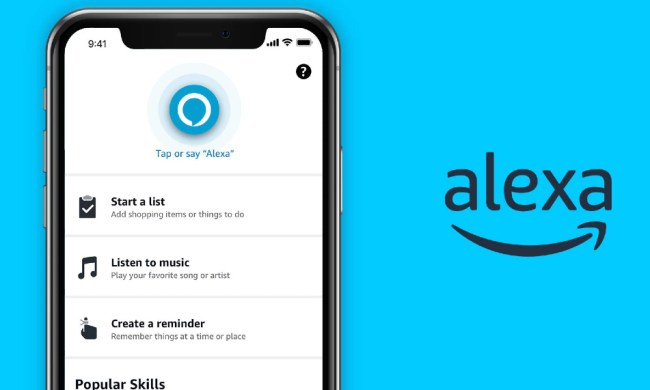While the battle against COVID-19 continues to rage around the globe, the virus has brought much attention to personal space and the air we breathe. A new trend is to wear a portable or necklace-style air purifier in hopes of staving off pollutants, allergens, and even COVID-19 — though there’s plenty of other pandemic-related gadgets that are making the rounds. But do these wearable air purifiers — also known as personal air purifiers or portable air purifiers — work?
What is a wearable air purifier?
A wearable or necklace air purifier is simply an extremely small version of the same type of gadget that you might put in a corner of your home. Often worn on a chain or lanyard around your neck, these air purifiers also come with carabiners or clips so you can strap them to a bag, belt, rearview mirror, and more.
Should I get a wearable air purifier?
To help understand whether a wearable or necklace air purifier could be of benefit to you, it helps to understand a bit about air purification technology and what’s actually going on.
Why choose an air purifier?
Air purifiers in the home have a variety of technologies that can help trap or destroy pollutants, chemicals, volatile organic compounds (VOCs), smoke, and even viruses by drawing these molecules into their filters. They may create an electrical charge to attract and trap particles. They may also use a variety of filters, including HEPA filters, to hold those unwanted particles and prevent them from getting back into the air. Air purifiers will often use a fan or circulation device to pull particles in so that they can contain them.
Let’s apply that “attract and trap” logic to a personal or wearable air purifier. The idea that’s touted is that these devices can ward off particles you don’t want by trapping them in a small purifying gadget you wear around your neck, on your belt, or clipped to your backpack. Sounds good, right?
Except, think of it this way: While an air purifier running in the corner of your home may have the added benefit of drawing pollutants away from you, out of the air, and into itself, wearing a purifier around your neck — close to your mouth and nose — may have the unwanted side effect of drawing these pollutants right up to your breathing holes.
While a wearable air purifier may in fact be doing its job of attracting and trapping particles, there is the question of whether you want that happening right next to your head.
Different types of wearable air purifiers
One of the newer versions of this technology puts the air filtration system into a mask. This might be the best way to use a portable air purifier; your nose and mouth are sealed off by the mask and the air you breathe is filtered through the purification system, so you’re not accidentally bretahing in wayward particles.
There are also very different options and sizes when it comes to these wearable devices. They may be as small as a smartphone and hang unobtrusively against your chest, or they may look like giant futuristic collars you wear around your neck. They’re potentially fine for sitting at a desk in a busy office, but you probably wouldn’t want to wear this device around the town — certainly not while you’re trying to work out, for example.
A wearable air purifier may indeed be able to help clear the air of particles you’d rather not breathe, but some might not like the idea of drawing unwanted smoky or smoggy air toward their body. Either way, it’s always a good idea to consult a health professional before making any decisions that might impact your health and well-being.



